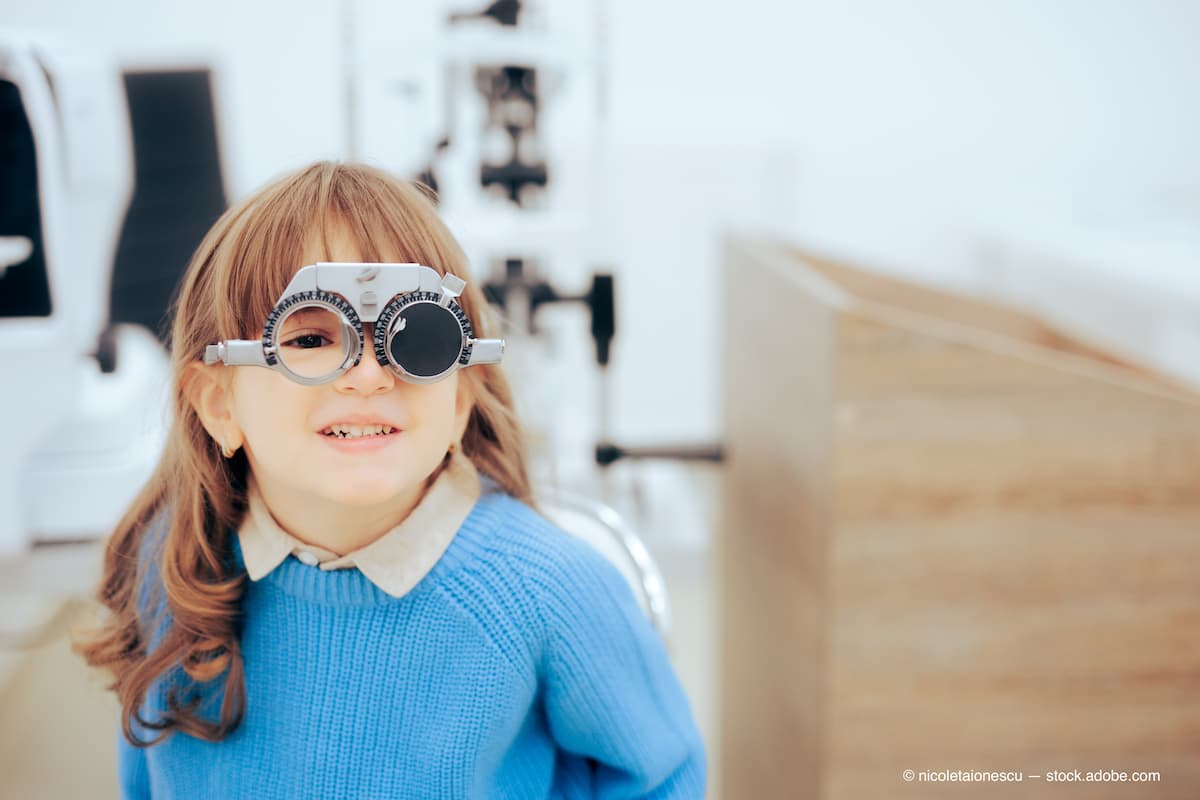Pediatric glaucoma after cataract surgery
The study found that pseudophakic children older at the time of surgery developed a glaucoma-related adverse event less frequently.
The main outcomes were the cumulative incidence of glaucoma-related adverse events and baseline factors associated with risk of the adverse events. (nicoletaionescu / Adobe Stock)

Glaucoma specialists nationwide reported that glaucoma-related adverse events were common after cataract surgery in children, and children who were younger than 3 months at the time of surgery had an elevated risk of adverse events in aphakic eyes.1 Erick D. Bothun, MD, from the Department of Ophthalmology, Mayo Clinic, Rochester, MN, was the lead author of the study.
The researchers wanted to determine the cumulative incidence of glaucoma-related adverse events, ie, defined as glaucoma or glaucoma suspect, and factors associated with their risk during the first 5 years after lensectomy before children reach the age of 13 years.
The investigators used longitudinal registry data collected in this cohort study; the data were collected at enrollment and then annually for 5 years. Forty-five institutions and 16 community sites participated.
All children were 12 years old or younger and had completed at least 1 office visit after lensectomy from June 2012 to July 2015.
The main outcomes were the cumulative incidence of glaucoma-related adverse events and baseline factors associated with risk of the adverse events.
A total of 810 children (1,049 eyes) were included; 443 eyes of 321 children (mean age, 0.89 year) were aphakic after lensectomy, and 606 eyes of 489 children (mean age, 5.65 years) were pseudophakic.
The authors reported that the 5-year cumulative incidence of glaucoma-related adverse events was 29% (95% confidence interval [CI], 25%-34%) in the 443 aphakic eyes and 7% (95% CI, 5%-9%) in the 606 pseudophakic eyes.
Of the aphakic and pseudophakic eyes, 7% and 3%, respectively, were diagnosed as glaucoma suspects.
The authors elaborated on their findings. In the aphakic eyes, a higher risk for glaucoma-related adverse events was associated with 4 of 8 factors, ie, age younger than 3 months, abnormal anterior segment, intraoperative complications at time of lensectomy, and bilaterality. The 2 factors that were evaluated for the pseudophakic eyes, that is, the laterality and anterior vitrectomy, were not associated with a risk of glaucoma-related adverse events.
The study concluded that the children who were pseudophakic and who were older at the time of surgery, developed a glaucoma-related adverse event less frequently within 5 years of the lensectomy.
“The findings suggest that ongoing monitoring for the development of glaucoma is needed after lensectomy at any age,” investigators said.
Reference
1. Bothun ED, Repka MX, Kraker RT, et al. Incidence of glaucoma-related adverse events in the first 5 years after pediatric lensectomy. JAMA Ophthalmol. 2023;141:324-331;doi:10.1001/jamaophthalmol.2022.6413
Newsletter
Want more insights like this? Subscribe to Optometry Times and get clinical pearls and practice tips delivered straight to your inbox.